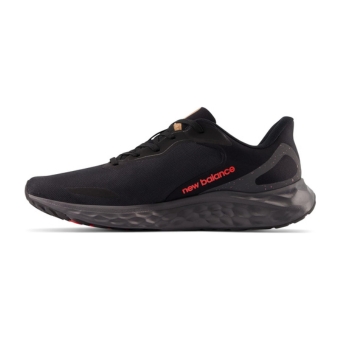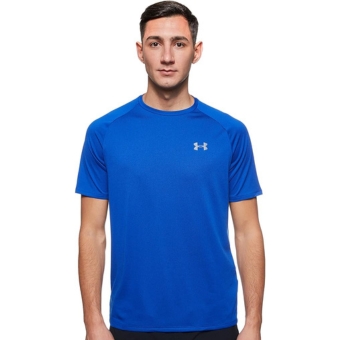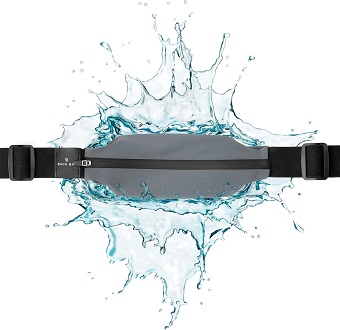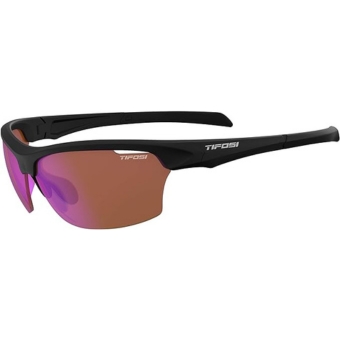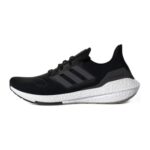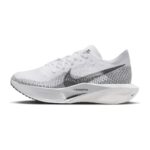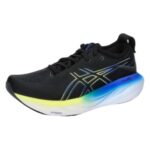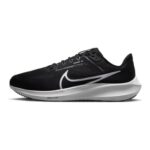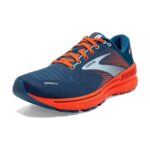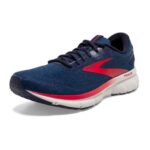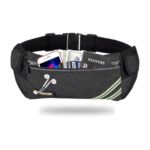Table of Contents
- Introduction: Importance of proper fueling during endurance activities
- Understanding Sports Drinks: Benefits and appropriate usage
- Choosing the Right Gel: Types and considerations
- Timing and Dosage: When and how much to consume
- Hydration Tips: Importance of water intake with gels/drinks
- Practice Makes Perfect: Training with gels/drinks
- Conclusion: Summary of key points for effective use
Introduction: Importance of proper fueling during endurance activities
Fueling properly during endurance activities is crucial to performance and overall well-being. Many athletes underestimate the importance of maintaining adequate fuel levels, leading to fatigue, decreased performance, and even potential health risks. With the right balance of carbohydrates, electrolytes, and hydration from sports drinks and gels, athletes can sustain their energy levels and delay the onset of fatigue during long races or runs.
One key aspect often overlooked is individualized fueling strategies based on personal preferences and tolerances. Experimenting with different types of sports drinks or gels during training runs can help athletes determine what works best for their bodies. Additionally, timing plays a critical role in fueling effectiveness; consuming these products strategically before reaching a point of depletion can prevent bonking and maintain a steady pace throughout the activity. By prioritizing proper fueling practices tailored to individual needs, athletes can optimize their endurance performance and achieve their goals effectively.
Understanding Sports Drinks: Benefits and appropriate usage
Sports drinks are not just a trendy accessory for athletes; they play a crucial role in enhancing performance and aiding recovery during intense physical activities. These drinks contain electrolytes like sodium and potassium, which help replenish what is lost through sweat, maintaining proper hydration levels to prevent cramps and dehydration. While sports drinks are beneficial during long runs or races lasting longer than an hour, excessive consumption can lead to consuming unnecessary sugar and calories.
When using sports drinks, timing is key – consuming them before exercise can help boost energy levels, while drinking them during prolonged workouts helps maintain endurance and stamina. It’s essential to choose a sports drink that aligns with your body’s needs and the intensity of your activity; opt for ones with lower sugar content if you’re engaging in less strenuous exercises. Remember, sports drinks complement but do not replace water intake, so ensure you’re staying properly hydrated throughout your workout.
Choosing the Right Gel: Types and considerations
When it comes to choosing the right gel for your races or long runs, considering the type of activity and your personal preferences is key. Gel options vary widely, from energy gels for quick fuel to electrolyte gels for hydration on-the-go. Understanding the purpose of each type can help you tailor your choice based on specific needs during a race or training session.
Another important factor to consider is the taste and texture of gels. Some athletes may prefer thicker, more concentrated gels for a quick energy boost, while others might opt for lighter options that are easier to consume during intense physical activity. Experimenting with different brands and flavors can help you identify the gel that works best for your body and taste buds, ultimately enhancing your performance during endurance events.
Timing and Dosage: When and how much to consume
Timing and dosage play crucial roles in effectively using sports drinks and gels during races or long runs. It’s essential to listen to your body and understand its signals to determine the right moments for consumption. For instance, taking a gel too early might not provide the needed energy boost later in the race, while waiting too long may result in hitting the wall due to depleted glycogen stores.
As for dosage, it’s important not to overconsume sports drinks or gels as this can lead to stomach discomfort or even cramping, ultimately hindering performance. To optimize intake, consider practicing during training runs different timings and quantities until you find what works best for you individually. Remember that every athlete is unique and what works for one may not work for another when it comes to fueling strategies.
Hydration Tips: Importance of water intake with gels/drinks
Imagine your body as a finely tuned engine, requiring the right fuel to perform at its peak. Just like an engine needs oil to function smoothly, your body relies on proper hydration to excel during races or long runs. Water intake plays a crucial role in keeping you energized and focused, especially when paired with gel drinks that replenish key nutrients lost through sweat. By strategically combining water with gels drinks, athletes can maintain electrolyte balance and stave off fatigue, ultimately enhancing their endurance and performance.
When it comes to hydration strategies during intense physical activities, timing is everything. While staying hydrated throughout the day is important for overall health, it’s equally vital to sip water regularly before, during, and after workouts or races. Sports drinks provide an added boost by replenishing electrolytes lost through sweating and providing a quick source of energy in the form of carbohydrates. Pairing these drinks with gels can further optimize your performance by delivering essential nutrients directly to your muscles at critical times during exercise sessions. By understanding the synergy between water intake and gel drinks, athletes can unlock their full potential and push past previous limits in pursuit of their fitness goals.
Practice Makes Perfect: Training with gels/drinks
Training with gel drinks is like fine-tuning a musical instrument: the more you practice, the better you perform. Incorporating gels into your training regimen can help simulate race conditions and optimize your body’s response to these energy boosters. Rather than leaving their usage to race day alone, integrating them into long runs allows for experimentation with timing and quantity, ensuring a flawless strategy during important events.
The key lies in finding the perfect balance between hydration and energy intake through gels. Training sessions become an opportunity to fine-tune this delicate equilibrium by understanding how your body responds at different mileage markers. By consistently practicing with gels, athletes can navigate racing scenarios with confidence, knowing exactly when to refuel for maximum performance optimization.
Conclusion: Summary of key points for effective use
In conclusion, for effective use of sports drinks and gels during races or long runs, it is crucial to understand your individual needs and preferences. Experiment with different products during training to determine what works best for you in terms of taste, digestion, and energy levels. Remember that hydration and fueling are not one-size-fits-all solutions – what works for one person may not work for another.
Additionally, timing is key when it comes to consuming sports drinks and gels. Aim to take in small amounts regularly rather than waiting until you feel depleted. This will help maintain a consistent energy level throughout the race or run. Lastly, don’t forget the importance of proper hydration alongside sports drink consumption. Balance your intake with water to prevent dehydration and optimize performance on race day.


